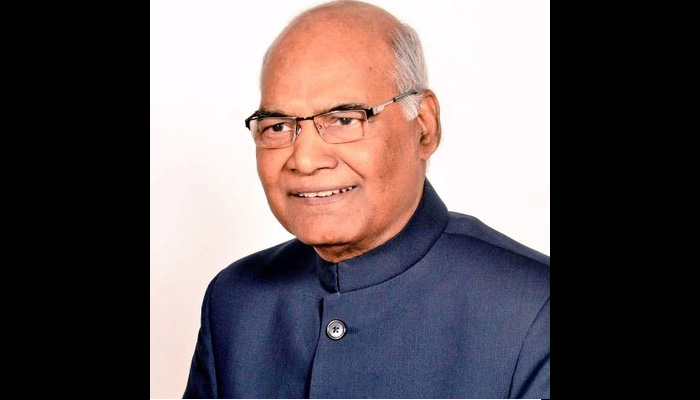The 14th President of India
July 20, 2017 | Expert Insights

Ram Nath Kovind, the candidate nominated by the NDA government, will be the next President of India.
He beat the opposition pick, Meira Kumar by getting 65% of the votes.
Background
Dr Rajendra Prasad was the first President of free India, after defeating his rival K. T. Shah by 507,400 votes. Former Presidents have included stalwarts like celebrated scientist, Dr APJ Adul Kalam. From 2007 to 2012, Pratibha Patil was the first and only woman to be President. The current President, Pranab Mukherjee, took the office in 2012.
President’s duties
Unlike countries like the United States, the President of India is the titular head of the state. In Indian Parliamentary practice, the President is the Constitutional ruler. The Prime Minister, along with the Union Council of Ministers, has the executive power to govern the nation. The President can declare National, State or Financial emergency and is vested with other Executive, Judicial and Legislative powers.
The president of India is elected by an electoral college. This constitutes of members from both Houses of the Parliament as well as elected members in the Legislative assemblies.
Ram Nath Kovind
Born in Uttar Pradesh in 1945, Kovind received an LLB from Kanpur University. He became a lawyer in the Supreme Court where he was the central government’s Chief Standing Counsel for multiple years. A Dalit leader, he has championed the cause of the oppressed community for many years both as a lawyer and as the President of the BJP Dalit Morcha. For a comprehensive look at this career, click here.
Meira Kumar
72-year-old Meira Kumar, a lawyer and a former diplomat nominated by the opposition. Kumar, was the first female Speaker of Lok Sabha who served from 2009 to 2014. She is the daughter of former Deputy Prime Minister and prominent Dalit leader Jagjivan Ram and freedom fighter Indrani Devi. She too championed the cause of women and Dalit rights during her time in politics. She Union Minister for Social Justice and Empowerment during the first UPA government. On the day when the election results were to be announced, Kumar said, “We have fought a principled fight... we are fighting for values that most people of the country believe in.”
Analysis
From the time his nomination was announced, Kovind was the clear frontrunner. 4,800 members of parliament and state assemblies cast their votes on July 17, between 10am and 5pm. The election also saw the highest turnout in history with 99% voting.
These votes were stored in Room 62 in the Parliament in Delhi. On July 20, 2017, the counting of the ballots began. In a matter of hours, Ram Nath Kovind emerged the winner. He received 65% of all votes. Upon being declared the winner, Kovind said, “My elevation to the highest office is a message for the people who do their work with honesty. I will represent the working class and poor sections of the society in the Rashtrapati Bhavan.”
The 14th President of India will be sworn into office on July 25, 2017.
Assessment
Our assessment is that due to the non-controversial nature of his career, President - elect Ram Nath Kovind was able to sail through to an easy win. Given his background and expertise in constitutional law, he should be able to take decisions in a non-partisan manner and work to better the life of the marginalized in the country.








Comments